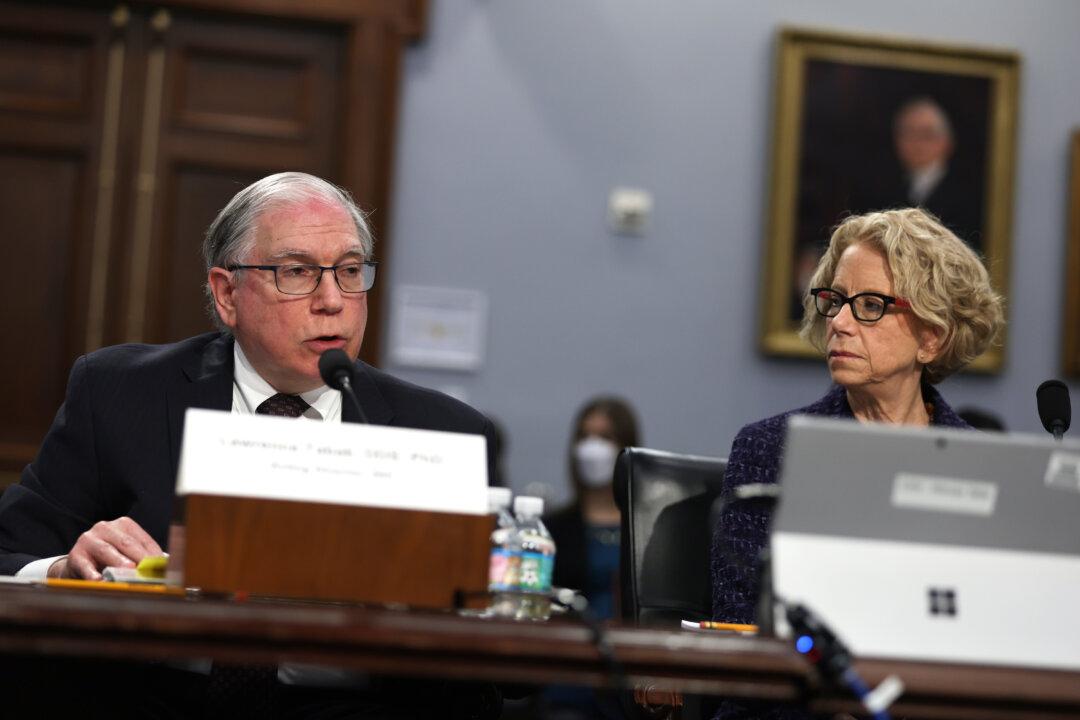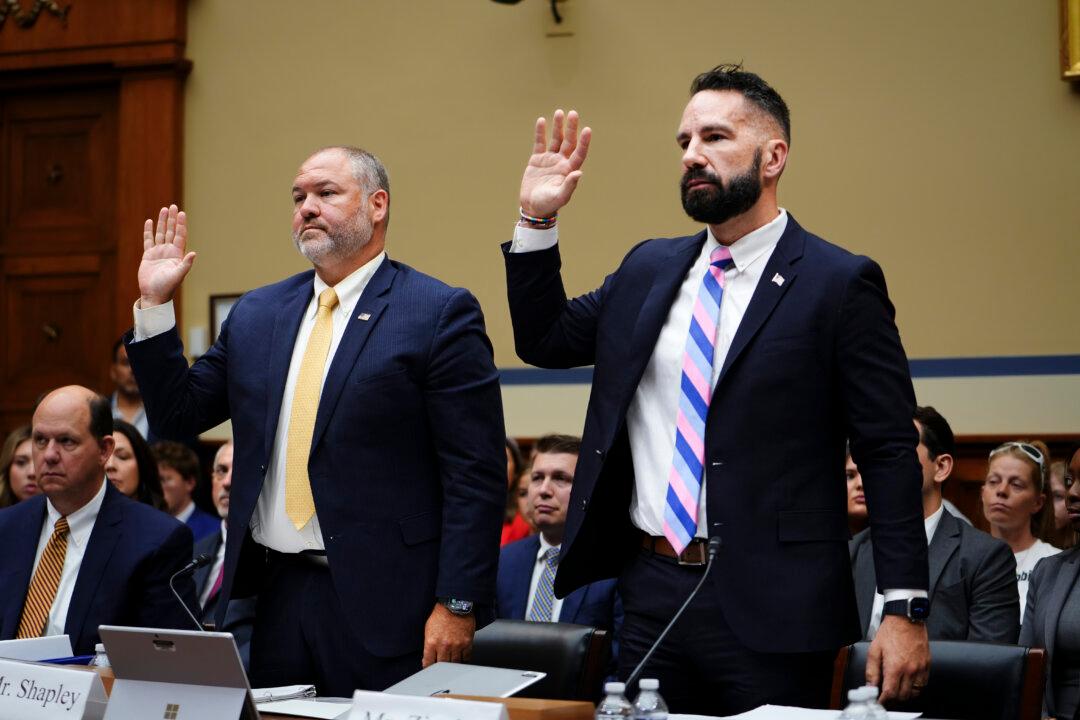Recipients of secret royalty payments who hold key roles at the National Institutes for Health (NIH) have been revealed by nonprofit government watchdog Open the Books.
Through the federal Freedom of Information Act (FOIA), Open the Books has discovered that payments totaling more than $134 million were paid to more than 1,600 NIH executives, scientists, and researchers by outside firms, thought to be primarily from the pharmaceutical industry, between 2010 and 2014.





